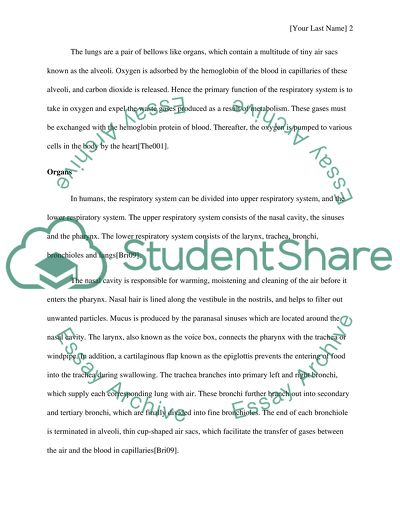Cite this document
(“Form and Function of Respiratory System Essay Example | Topics and Well Written Essays - 1000 words”, n.d.)
Retrieved from https://studentshare.org/health-sciences-medicine/1464046-form-and-function-of-respiratory-system
Retrieved from https://studentshare.org/health-sciences-medicine/1464046-form-and-function-of-respiratory-system
(Form and Function of Respiratory System Essay Example | Topics and Well Written Essays - 1000 Words)
https://studentshare.org/health-sciences-medicine/1464046-form-and-function-of-respiratory-system.
https://studentshare.org/health-sciences-medicine/1464046-form-and-function-of-respiratory-system.
“Form and Function of Respiratory System Essay Example | Topics and Well Written Essays - 1000 Words”, n.d. https://studentshare.org/health-sciences-medicine/1464046-form-and-function-of-respiratory-system.


